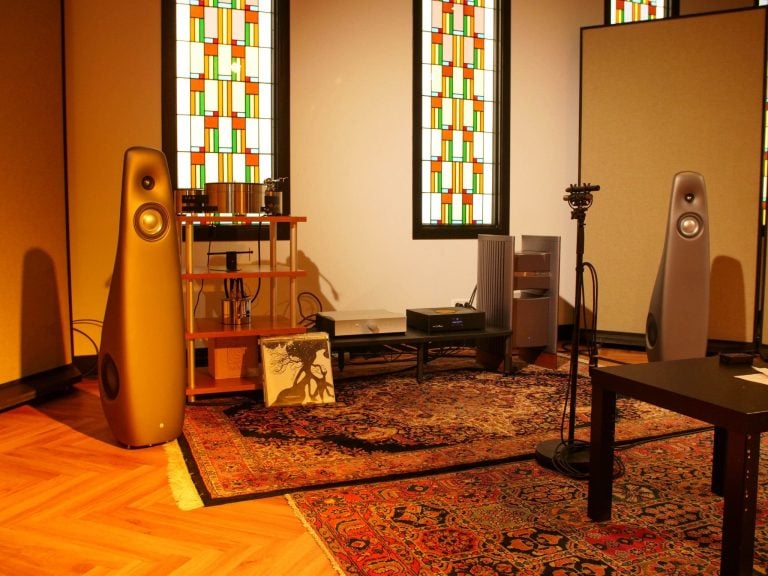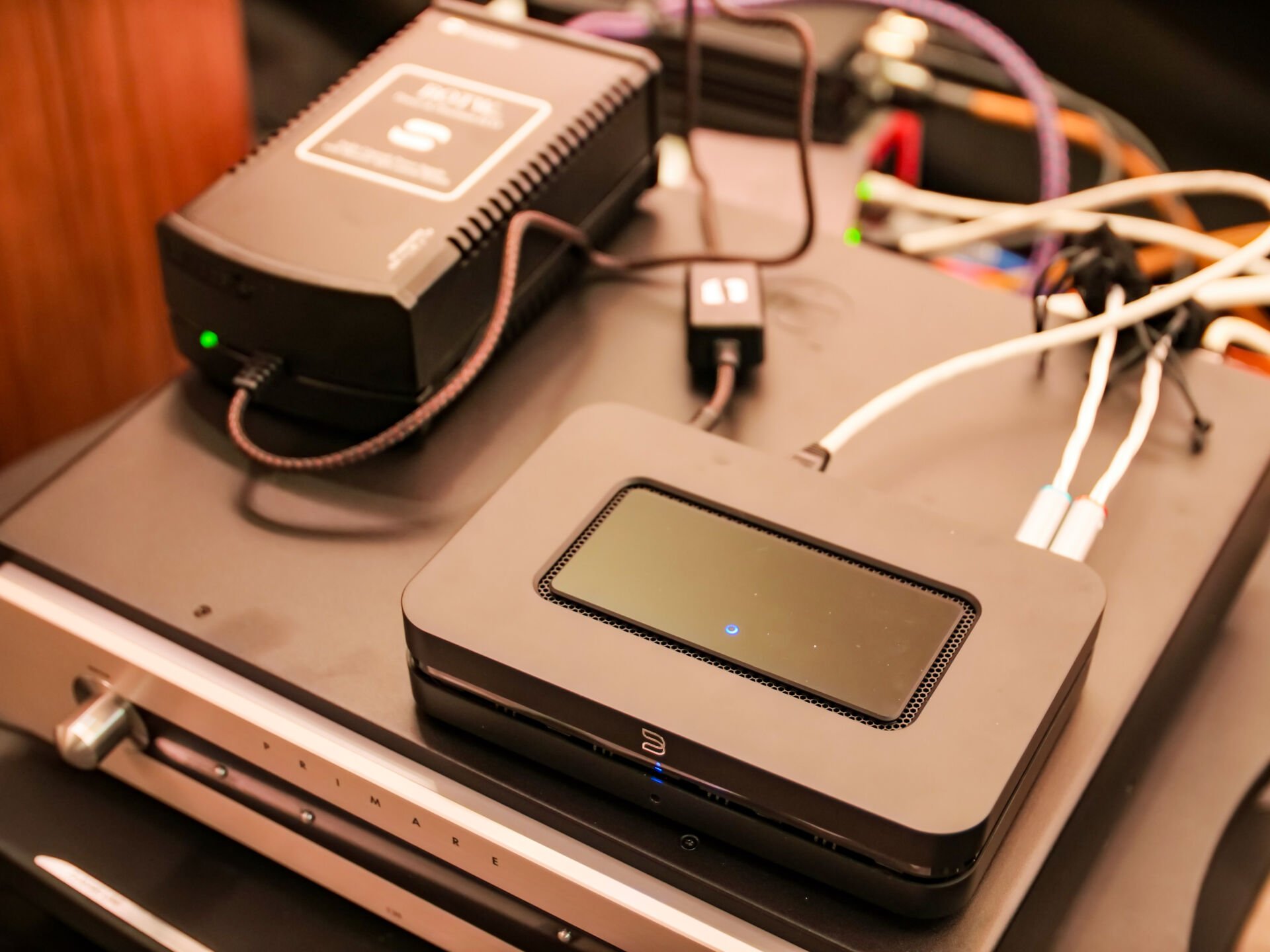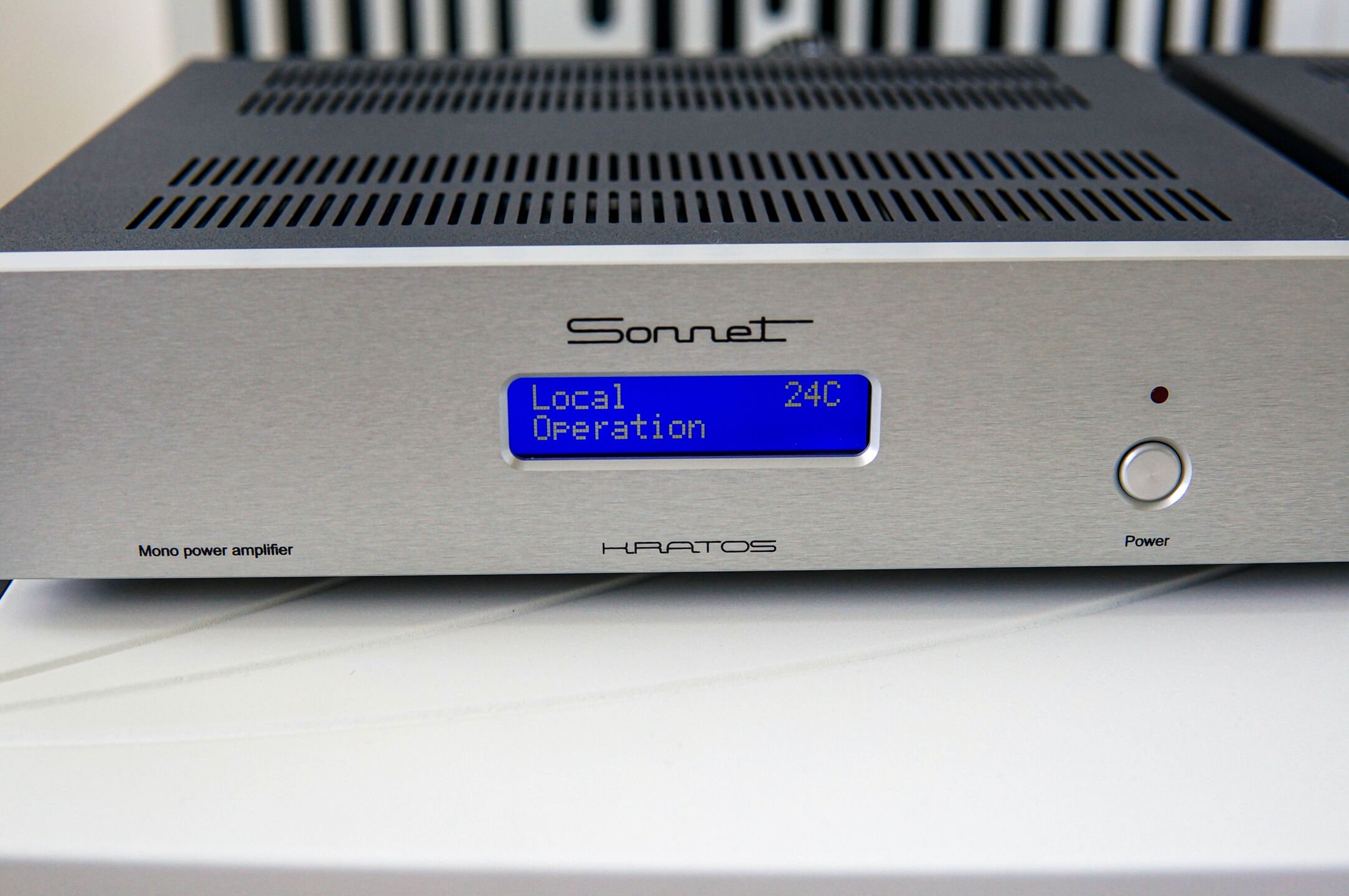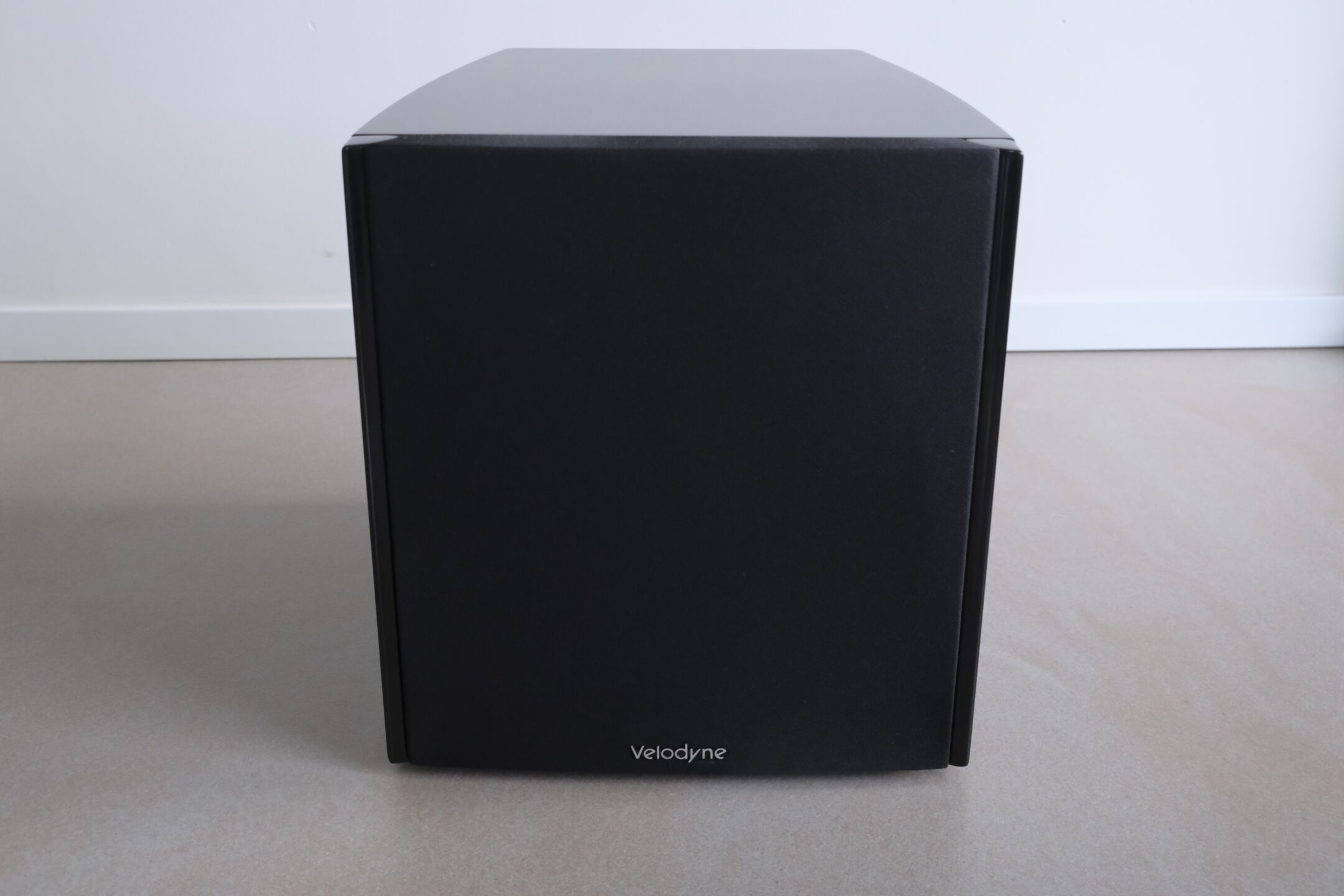

On Sunday, February 27, we conducted a special test during a live stream in the Artone Studios. We compared a fully analog set-up with a digital set-up. However, to make it really fair, we even made our own recording: one fully analog and at the same time a signal path to a DAD A/D converter. Now we know what the source material is… it’s the same. The outcome? Read on!
There are a lot of ‘audio islands’ in the hi-fi world. Think proponents of MQA, or proponents of DSD… vinyl, tape, cassette tapes, horn systems… electrostats… active speakers. Or what about niche clubs within d/a converters? R2R, NOS, multibit, delta sigma…. So many people, so many opinions. And proponents and opponents for each technology can be found.
This, by the way, makes our profession as audio journalists very complex. Because you can actually never do it right. Immediately after this test we were asked why we did not record in DSD, because that sounds much more analog. Let’s say that we have done our utmost to do this as honestly as possible. And that we have made well-considered choices in equipment, execution and set-up.
The recording
A test starts at the source. And in this case that is the recording we are going to compare it with. It is crucial that the master is the same, otherwise you are really comparing apples and oranges. A different master can mean that the sound balance is different. Or that one recording has more dynamic compression applied. That immediately puts you on the wrong track. In short: we make our own recording.
Tim Knol was kind enough to participate in this livestream and also wanted to spend a few extra hours in the studio to make the recording for the test. Very simply explained: we set up an M/S microphone for the guitar and used a Neumann vocal-mic for the voice. These mics are connected to an all-analog, tube mixer that goes to the cutting machine that then cuts the music into a 14-inch lacquer.
To record the track digitally as well, the signal also goes to a DAD A/D converter that sends the recording to ProTools. There, an equal recording is made in 24 bit / 96 kHz. Nothing else is edited. In short: apples with apples. To get an idea of the process, we made some video-recordings.
What system do we use?
We asked Marco from Music2 to get his best turntable ready. This is a REED Muse 3C with an Ikeda arm and Ikeda MC element. A Ypsilon step-up is needed for this low-resistance element.
Bert from Terrason Audio provides us with the rest of the audio chain: a beautiful Mola Mola pre-amp with dac board (similar to the Tambaqui DAC) and Phono board. This phono board is special, because you can really set everything through the Mola Mola app (note: the pre-amp is completely analog, only the control is partly via bluetooth). Fantastic!
As a streamer we use the Grimm Audio MU-1, which works very well with the Tambaqui dac. Both absolute top-notch when it comes to d/a conversion and streaming.
Next we end up with a set of Vivid Audio Kaya 45 speakers and a Halcro Eclipse stereo power amplifier. We were not yet familiar with Halcro, but boy: what a beast of an amplifier this is! Gorgeous! Incredibly clean, smooth and so rich in texture…. very special.
Cables are from Grimm (TPM), YETI (power cables) and Driade (Flow speaker cable).
We spent a few hours building and tuning the Friday before the stream. After all, we want both sources to play at their absolute best. And fortunately, they do.
The sound… of… difference?
Analog and digital sound primarily different. We can now conclude that. If we listen to the lacquer – which you can’t buy for these are not for sale; it is the basis for pressing vinyl – we do hear that this recording is the closest to the original. The flow, calmness, textures and richness is unprecedented. Especially the air around the recording is very special to experience. That’s just not in the digital recording: there everything gets a little smaller and it seems like something is wriggling. But we can conclude that that’s already in the recording… not in the MU-1 and Tambaqui.
Tim Knol’s recording makes it clear that the potential of vinyl is extreme. And that a direct, analog recording can be unprecedentedly good. All four of us are immediately drawn into the music and have the feeling of being present at something special. And in fact, it is, because when can you listen to a unique recording on lacquer?
Now we have to come back to reality: no one can buy an original lacquer. And in itself it is not surprising that this one sounds better; it is a direct recording from the microphone: there is practically nothing in between. With the digital recording there is an A/D conversion and software in between. But what we can now say for sure, that these elements take things away from the original signal.
If we go to ‘regular’ vinyl, we hear different results: in one recording the vinyl is clearly better (Steven Wilson) and in another recording not (Massive Attack). We also did some tests outside the stream with varying results for vinyl and streaming audio. It’s fascinating…
Mastering
In itself it is not surprising that results vary, because it is due to roughly two things:
- What is the original source (digital or analog)
- What did the mastering engineer do?
This all sounds a bit lame, but the reality is this: the medium is as good as the source and the mastering engineer’s skills. But it does prove that it pays to look for that one magical recording.
Rounding out
Your author’s eyes have no doubt been opened. As a digital fan, he must admit that the all-analog recording on lacquer just had more soul. It felt and sounded richer and bigger. But then: in the real world these recordings are not available. We have to make do with CD, vinyl records where 95% of the time digital masters are used and streaming audio services.
So what should we do? What is the best choice? Simple: the medium that gives you the most pleasure. Because at the end of the day, it’s all about being able to ‘play music’. Whether that’s black round discs, silver discs or streams over a network… It’s all about the fun.
Lossless samples and video
Download all Lossless samples here.

















